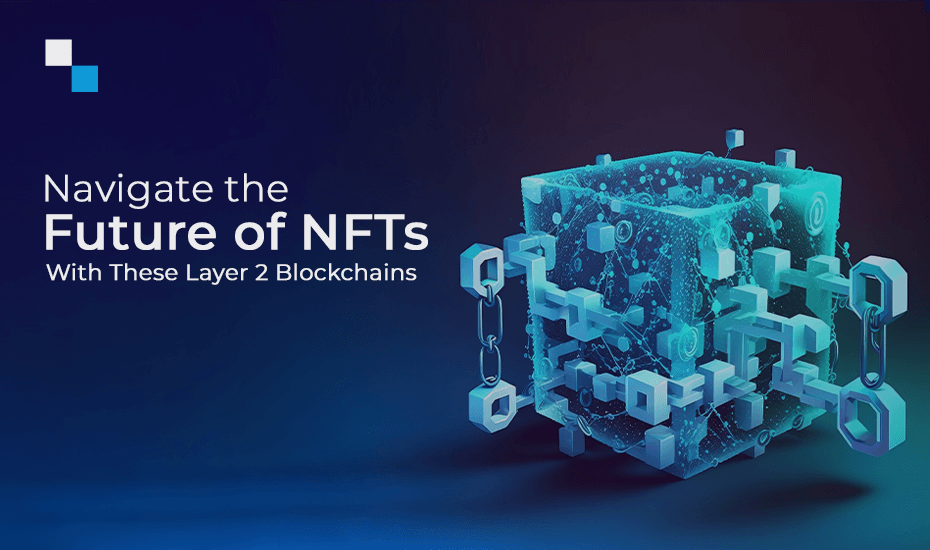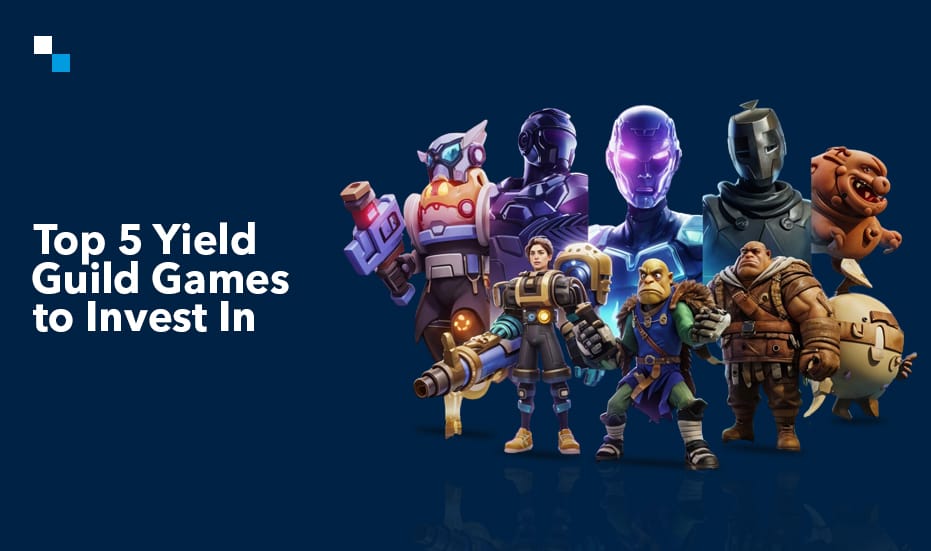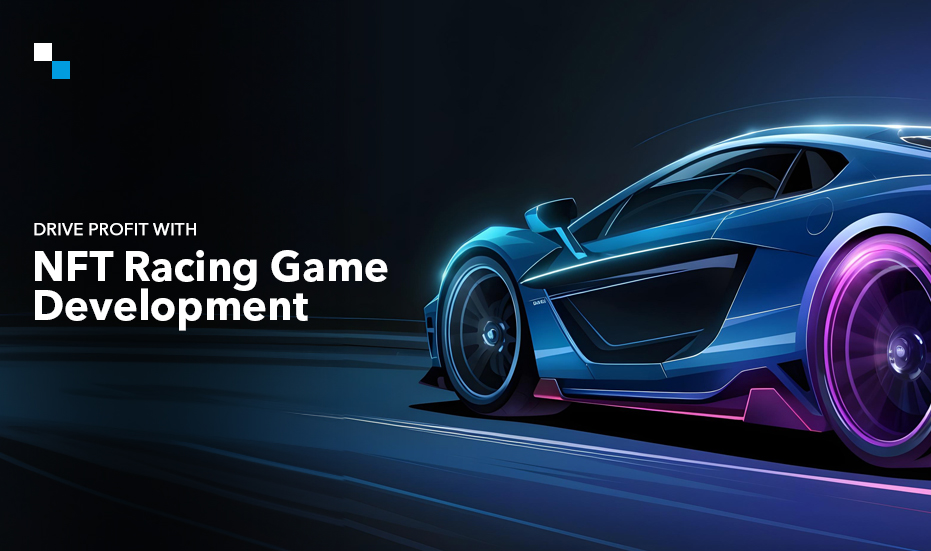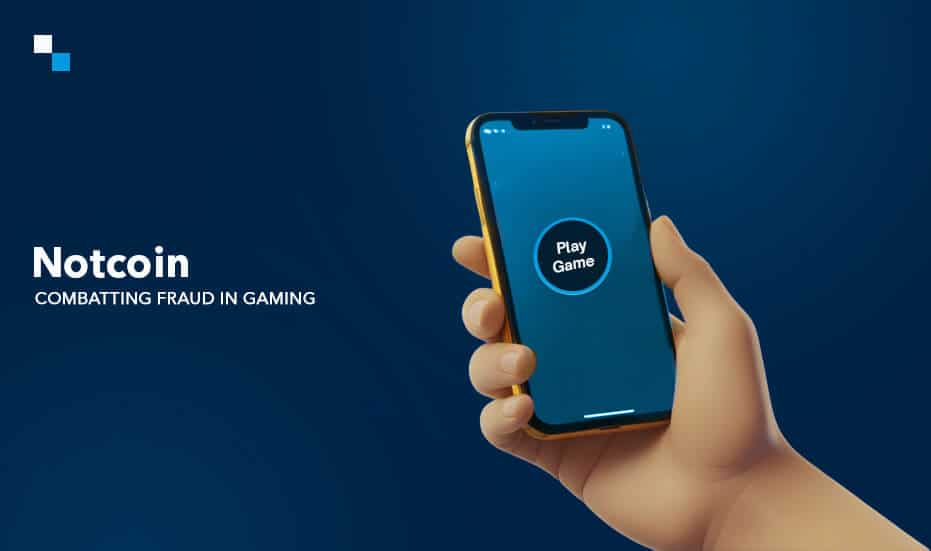
Top 10 Real Estate Tokenization Companies in 2024
December 20, 2023
Metaverse Virtual Land Development- The Futuristic Approach for 2024
December 21, 2023In the intricate realm of blockchain technology, Ethereum has emerged as a frontrunner, yet faces inherent challenges.
Layer 2 blockchains, however, stand as formidable solutions, adept at overcoming these hurdles. One pervasive issue is Ethereum’s scalability bottleneck, leading to high gas fees and slower transaction processing times. Layer 2 solutions address this by offloading transactions to secondary networks, boosting scalability and significantly reducing fees.
Another challenge is the environmental impact due to Ethereum’s Proof of Work consensus. Layer 2 blockchains often leverage more eco-friendly consensus mechanisms, aligning with sustainable practices. Additionally, the Layer 2 approach enhances interoperability, facilitating seamless communication between diverse blockchains while taking the NFT token development space to whole new heights.
Embracing the future of blockchain technology as Layer 2 solutions pave the way for a more:
- Scalable
- Sustainable
- Interconnected Ethereum ecosystem.
In this blog, we’ll learn about the most popular and reliable layer 2 blockchains ideal for NFT development.
What are Layer 2 Blockchains?
Layer 2 blockchains refer to secondary protocols or frameworks built on top of existing blockchain networks, with the primary goal of addressing scalability and performance issues. These layers work in conjunction with the main blockchain (Layer 1) to enhance its capabilities, improve transaction throughput, and reduce associated costs and latency.
Key characteristics include:
- Scalability
- Reduced Transaction Costs
- Faster Transaction Confirmation
- Interoperability
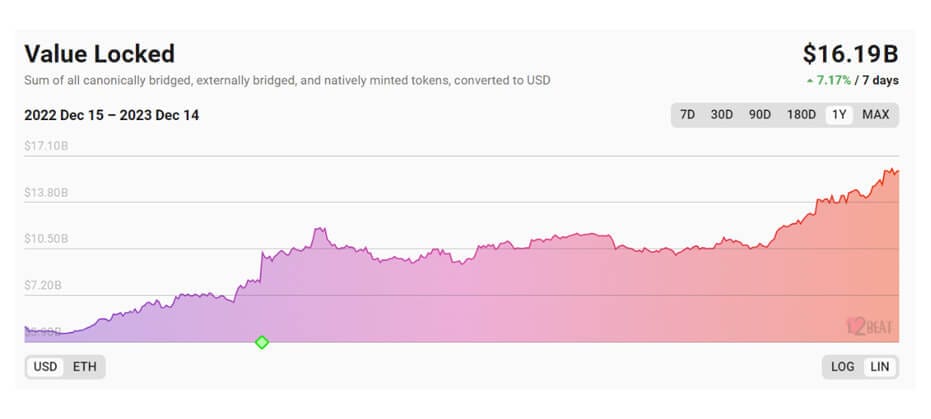 Common types of Layer 2 solutions include:
Common types of Layer 2 solutions include:
- Sidechains: Independent blockchains connected to the main blockchain, handling transactions off-chain and periodically settling on the main chain.
- State Channels: Off-chain channels where participants can transact privately and only submit the final state to the main blockchain.
- Plasma: A framework that allows the creation of scalable blockchains (child chains) while relying on the main chain for security.
Layer 2 Blockchain Examples
- Polygon: A popular Layer 2 solution that uses state channels and optimistic rollups to achieve high scalability and low transaction fees.
- Arbitrum: This solution uses optimistic rollups to offer fast and secure transactions.
- Optimism: Another Layer 2 solution that uses optimistic rollups to enable faster and cheaper transactions on Ethereum.
- StarkNet: This solution relies on zero-knowledge proofs to achieve high scalability and privacy.
Layer 1 Blockchain VS Layer 2 Blockchain

List of Best Layer 2 Blockchains for NFT Development
Navigating the ever-expanding landscape of blockchain technology is essential, especially when it comes to the dynamic world of NFT development. In the realm of decentralized ecosystems, Layer 2 blockchains have emerged as pivotal solutions, addressing scalability and transaction cost challenges.
This curated list unveils the best Layer 2 blockchains tailored specifically for NFT development. From enhancing transaction speeds to reducing gas fees, these platforms offer a spectrum of advantages, promising to reshape the way we perceive and engage with non-fungible tokens. Let’s delve into the intricacies of these Layer 2 blockchains, where scalability meets the limitless possibilities of NFT innovation that every NFT development company must consider!
1. Immutable X
Imagine an NFT marketplace where trades happen faster than the blink of an eye. That’s the reality with Immutable X, a dedicated L2 for NFT token development built with speed in mind. Forget sluggish transactions and exorbitant fees – here, things move like greased lightning, thanks to StarkWare’s cutting-edge cryptographic proofs.
And it’s not just about raw speed. Immutable X is deeply integrated with the Ethereum ecosystem, inheriting its robust security while offering near-instant finality. Think of it as a secure teleportation device for your NFTs, whisking them between wallets and marketplaces in a flash.
But speed isn’t the only superpower. Immutable X boasts a vibrant community of game developers, making it a haven for play-to-earn enthusiasts. Its developer-friendly tools and seamless integration with platforms like GameStop Marketplace make it a breeding ground for innovative NFT gaming experiences.

- Near-instant transactions for lightning-fast trades and gaming.
- Inherits Ethereum’s security for your precious NFTs.
- Vibrant community of developers and play-to-earn opportunities.
2. zkSync Era
Buckle up for a ride into the future of blockchains with zkSync Era. This L2 leverages the power of Zero-Knowledge (ZK) proofs, a cryptographic trick that lets you verify transactions without revealing their details. The result? Unprecedented scalability, capable of handling millions of transactions per second while keeping information private.
Think of it like whispering secrets on a bustling street – everyone knows you’re talking, but no one can understand what you’re saying. This privacy-preserving feature makes zkSync Era ideal for sensitive data and asset transfers, perfect for the world of confidential NFT token development.
But ZK magic doesn’t stop there. zkSync Era is also a master of interoperability, seamlessly bridging the gap between different blockchains. Imagine your Bored Ape NFT seamlessly strolling through the streets of Decentraland, no passport checks required. This opens up limitless possibilities for creators and collectors alike.
- Infinite potential for handling millions of transactions per second.
- ZK-proof magic keeps your NFT transactions confidential.
- Seamlessly bridge between different blockchains.

3. Polygon
Polygon is the seasoned adventurer of the L2 world, boasting a vast and diverse ecosystem built over years of exploration. Here, you’ll find bustling marketplaces like OpenSea, innovative DeFi protocols, and a thriving community of NFT token development creators and collectors.
Think of it as a sprawling metropolis buzzing with activity. Whether you’re looking for rare collectibles, exploring play-to-earn games, or participating in cutting-edge DeFi strategies, Polygon has something for everyone.
- Thriving ecosystem with diverse marketplaces, DeFi, and NFTs.
- Enjoy lower fees and faster transactions compared to Ethereum.
- Explore a vast landscape of projects and communities.
Considerations Before You Get Started!
Selecting the top Layer 2 blockchains for NFT development demands a strategic approach to ensure the seamless integration of technology and optimal user experience. First and foremost, consider scalability; a robust Layer 2 solution should significantly enhance transaction throughput without compromising security. Evaluate the blockchain’s interoperability to ensure compatibility with existing networks and broader ecosystems, fostering a diverse and interconnected NFT marketplace.
Furthermore, transaction fees are a critical factor—opt for Layer 2 solutions that provide cost-efficient transactions to facilitate widespread adoption. Smart contract capabilities and developer-friendly environments should also be examined, ensuring the flexibility and ease of creating complex NFT ecosystems.
Finally, community support and adoption rates are key indicators of a Layer 2 blockchain’s reliability and long-term viability. By meticulously assessing these factors, you can navigate the vast array of Layer 2 options to select the platforms that best align with your goals for NFT development.
As an award-winning NFT development company, we can help you build your own platform from the ground up and attain new heights in the NFT landscape.
